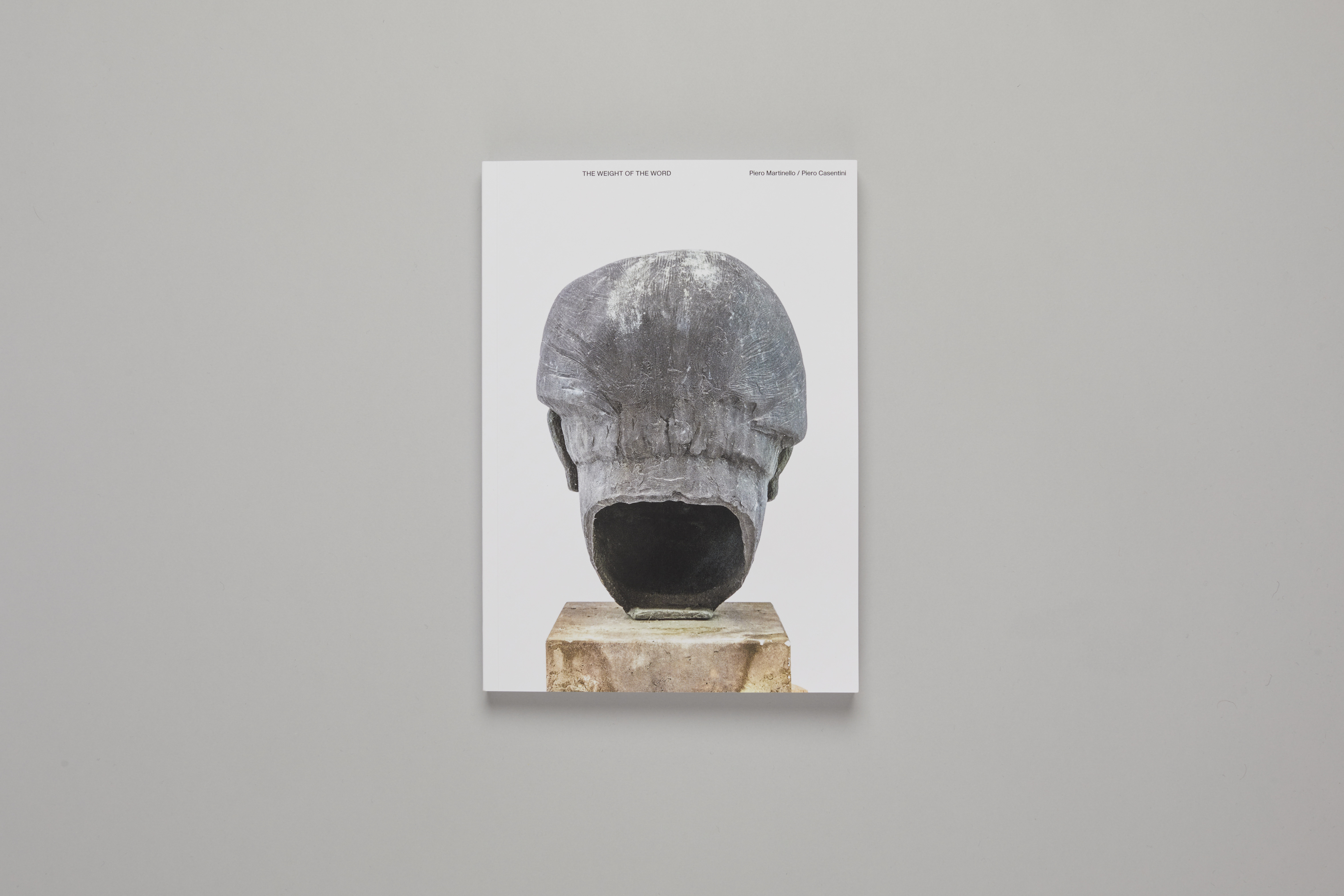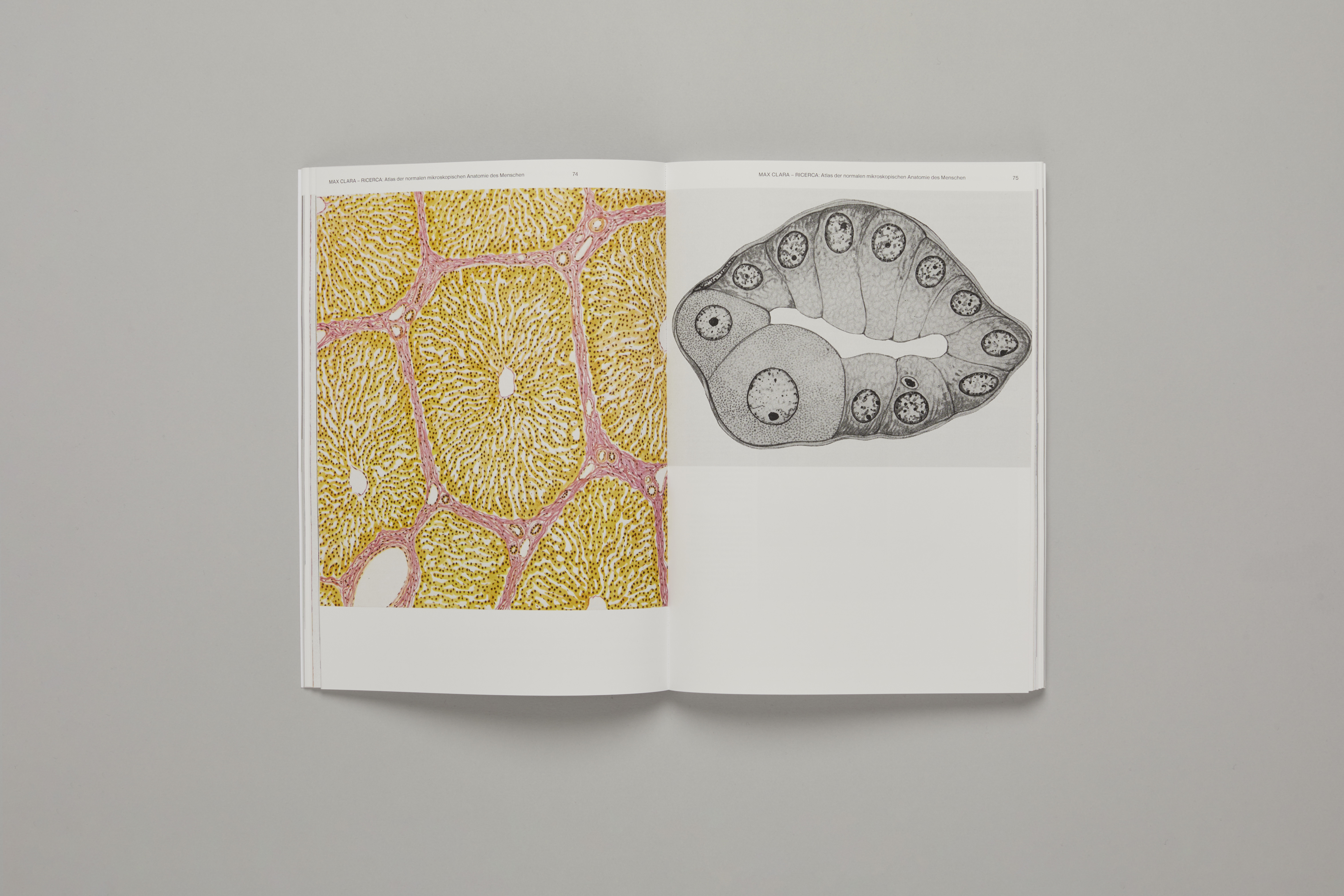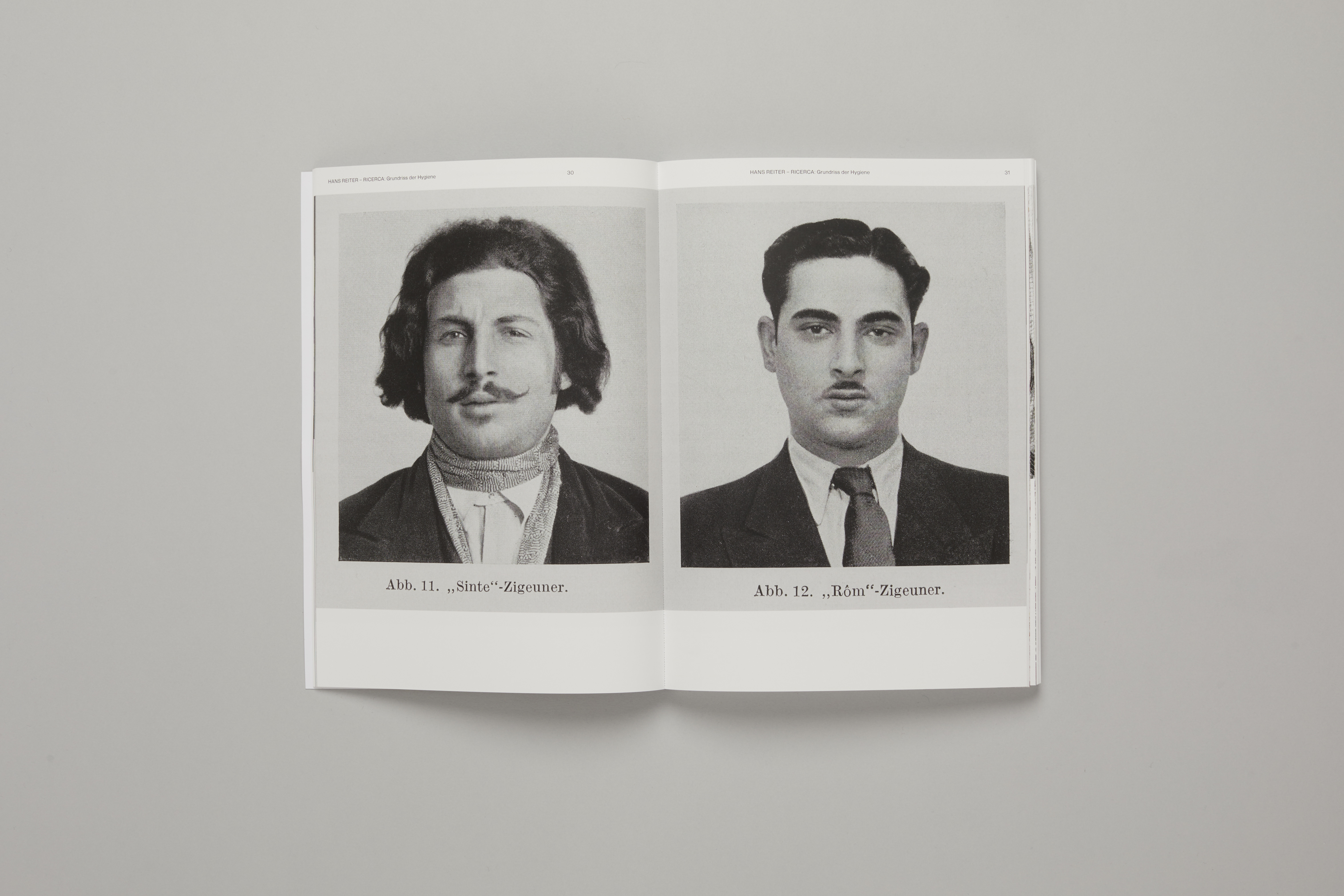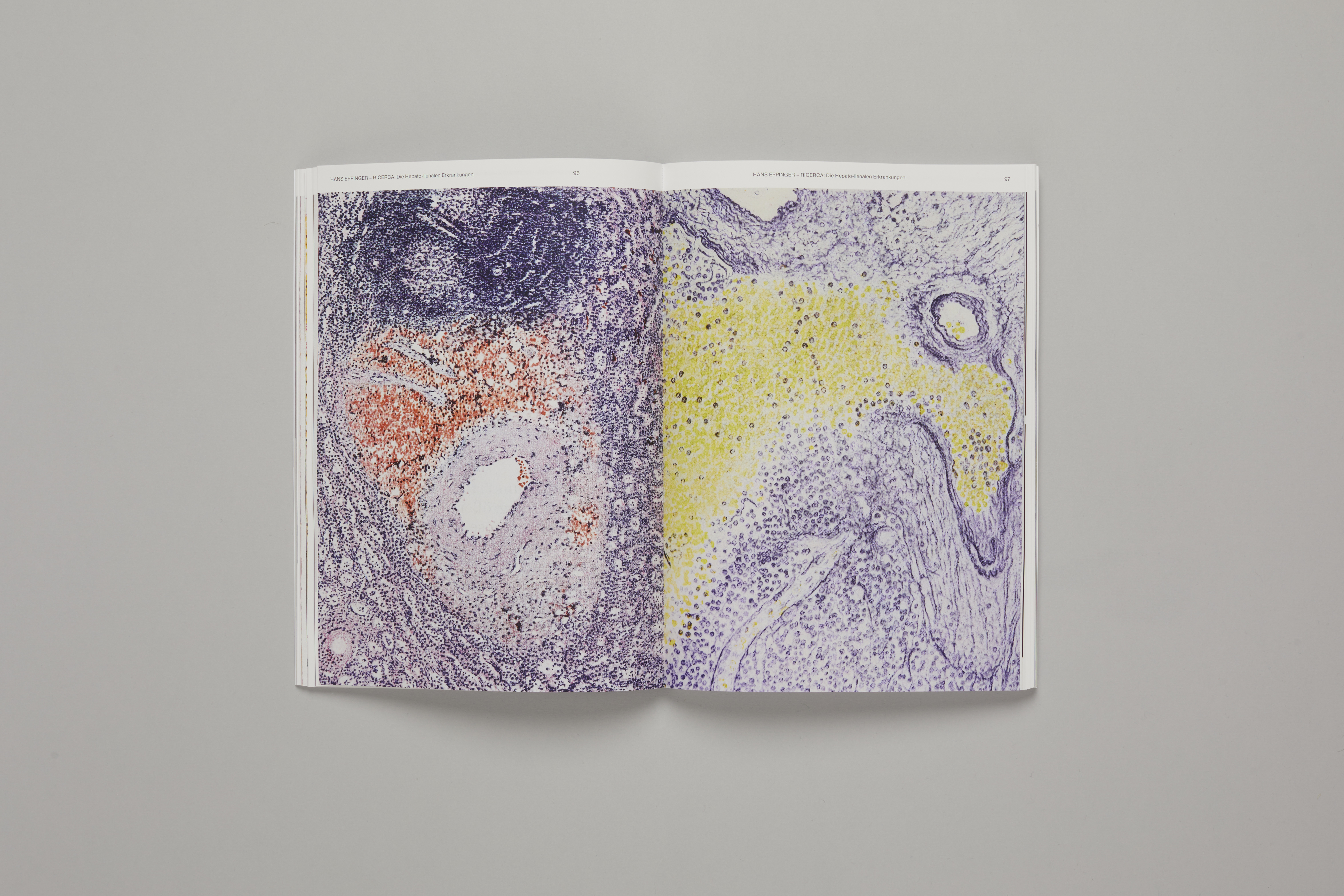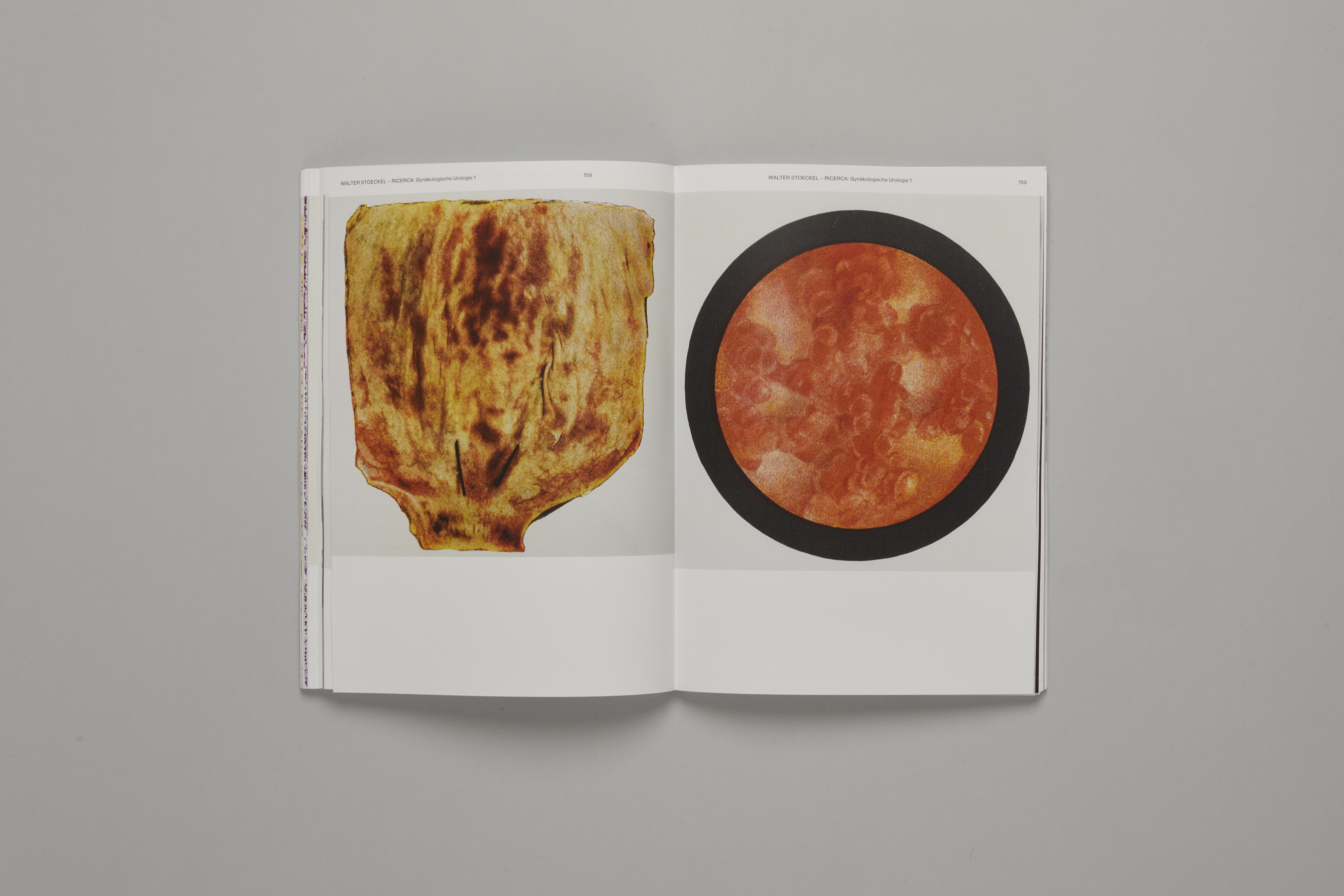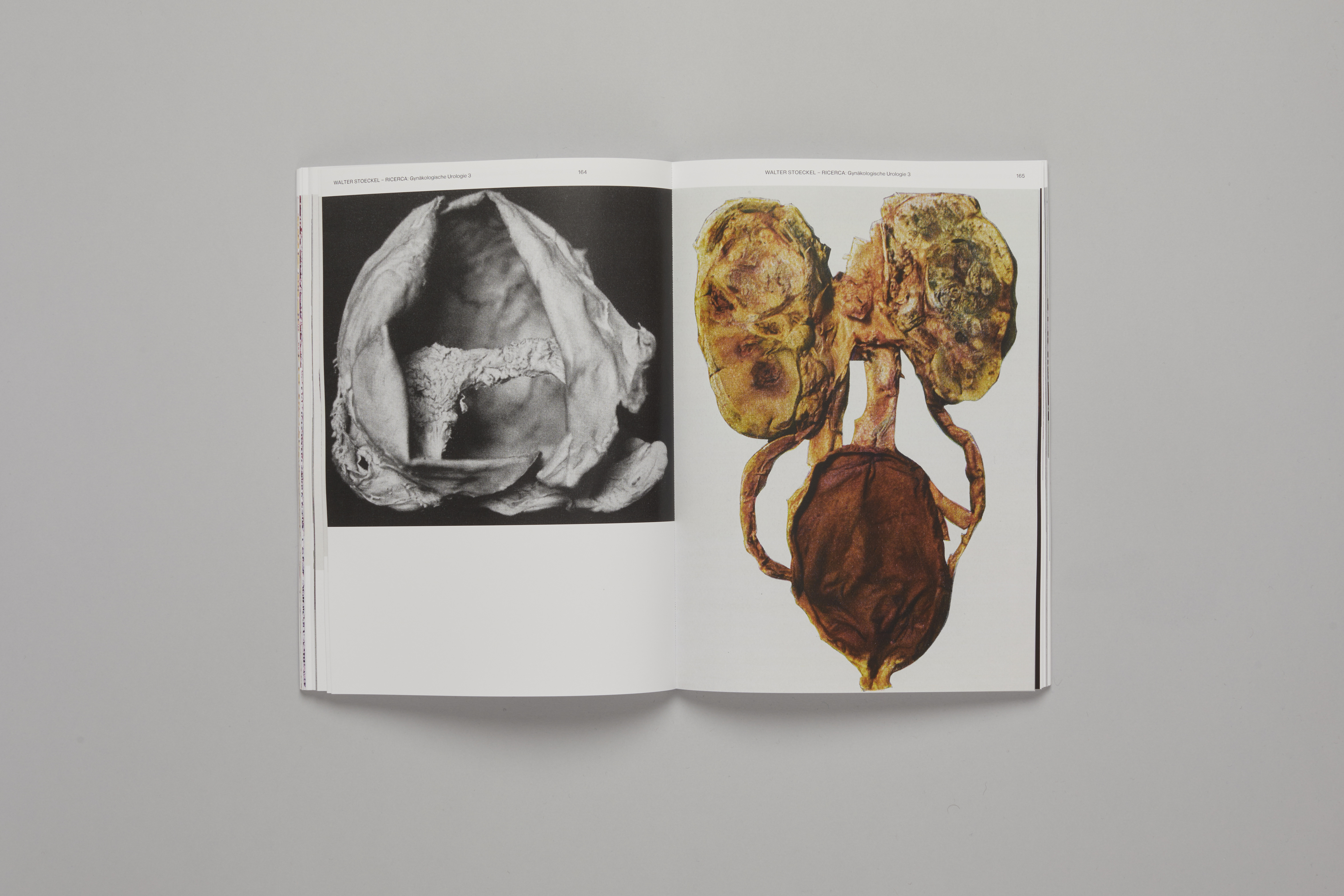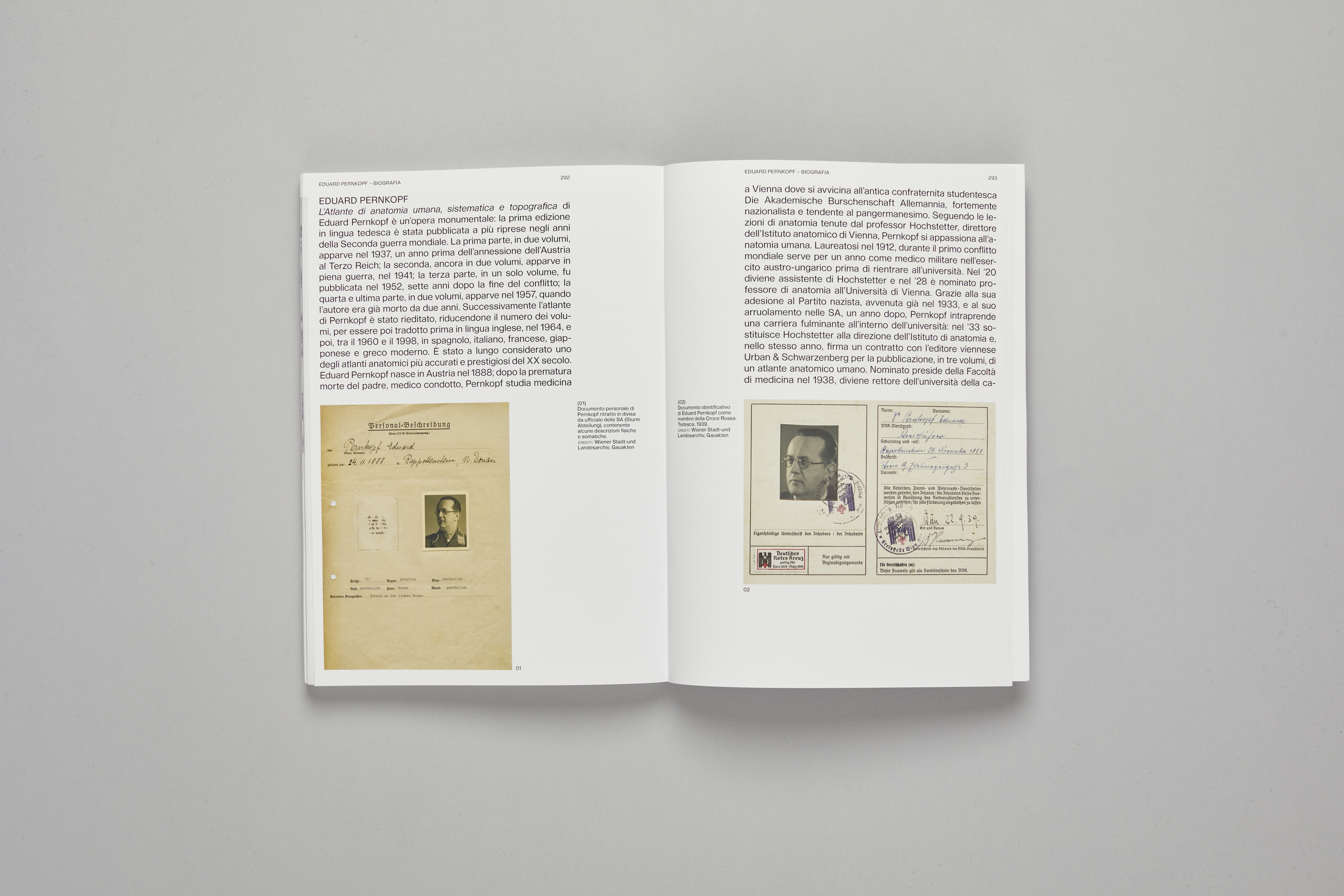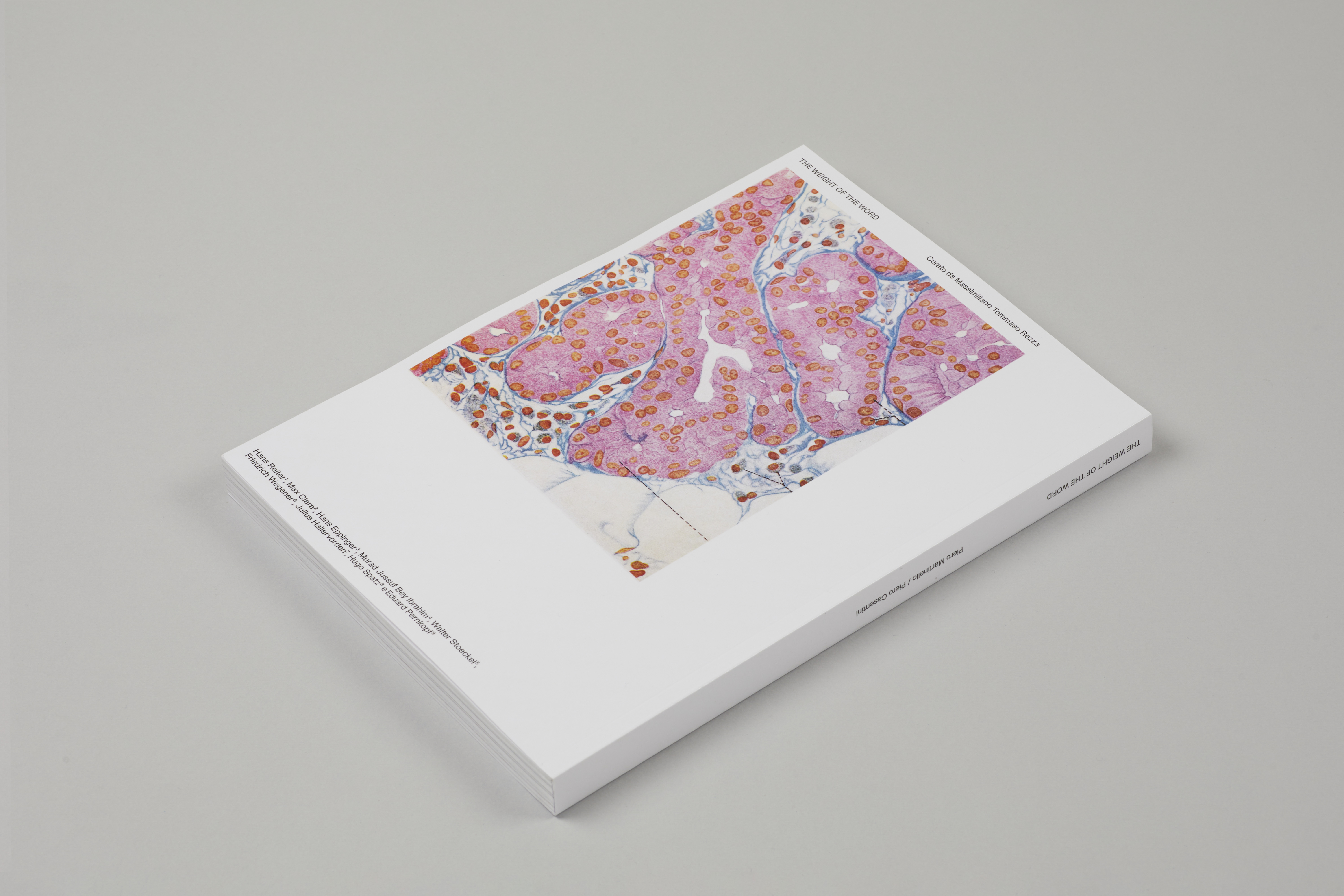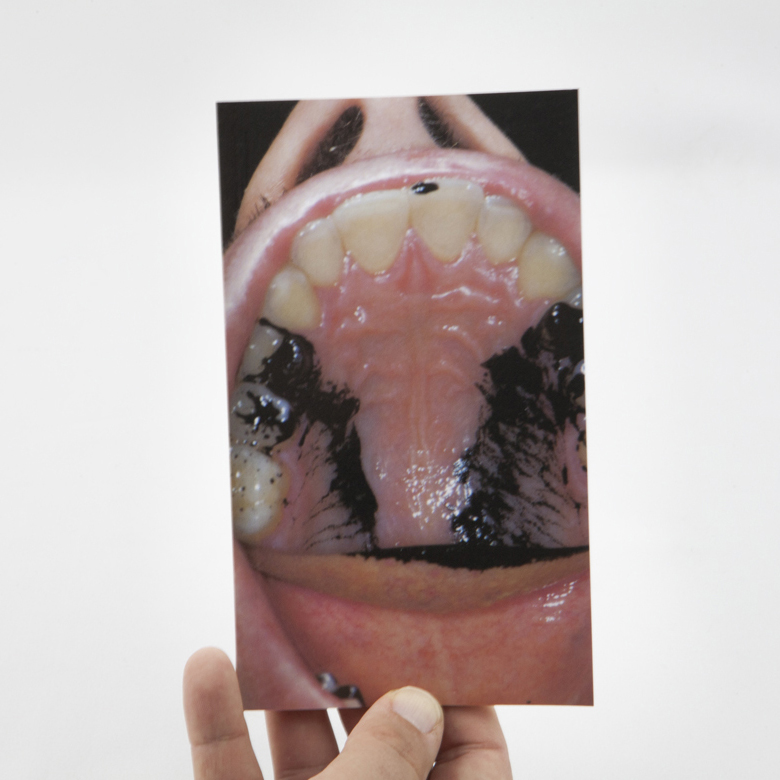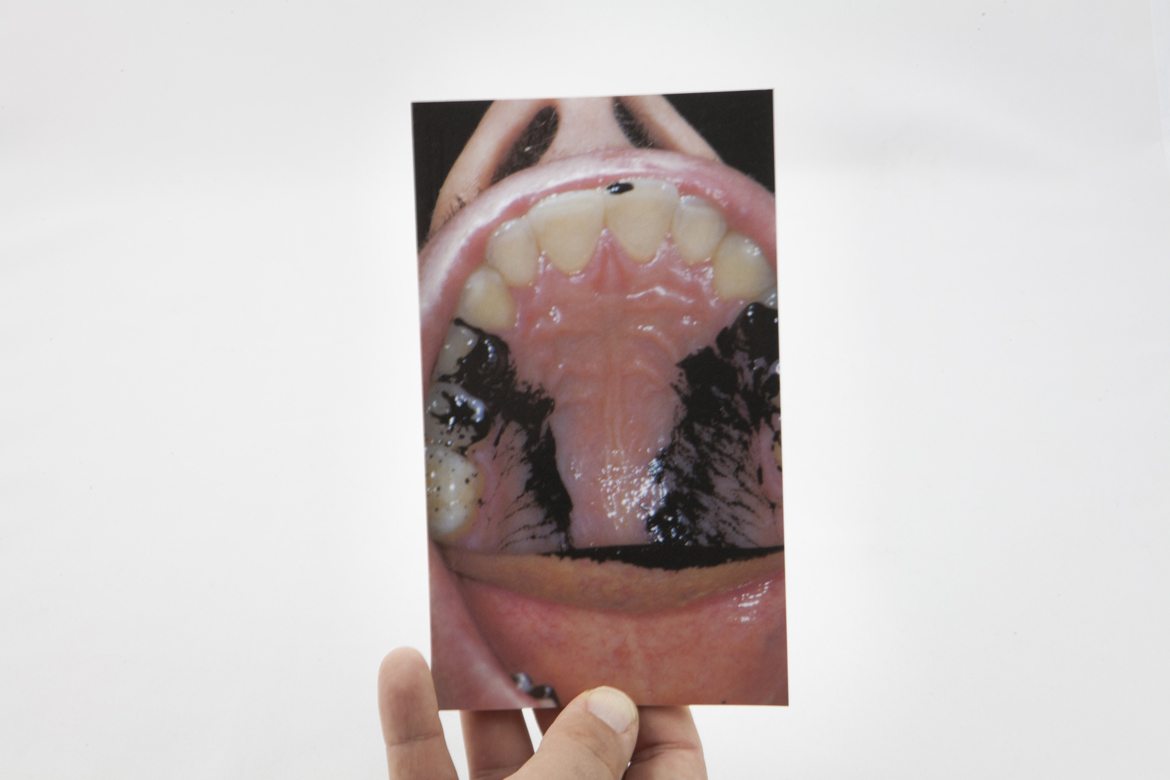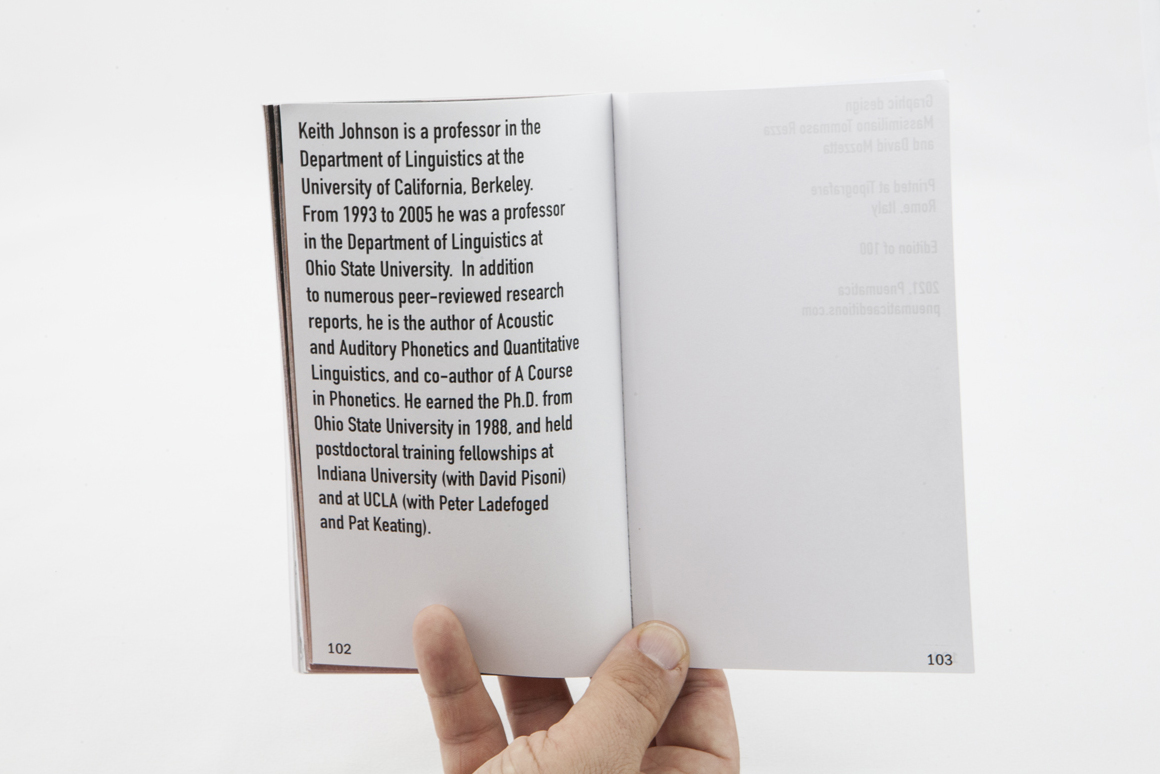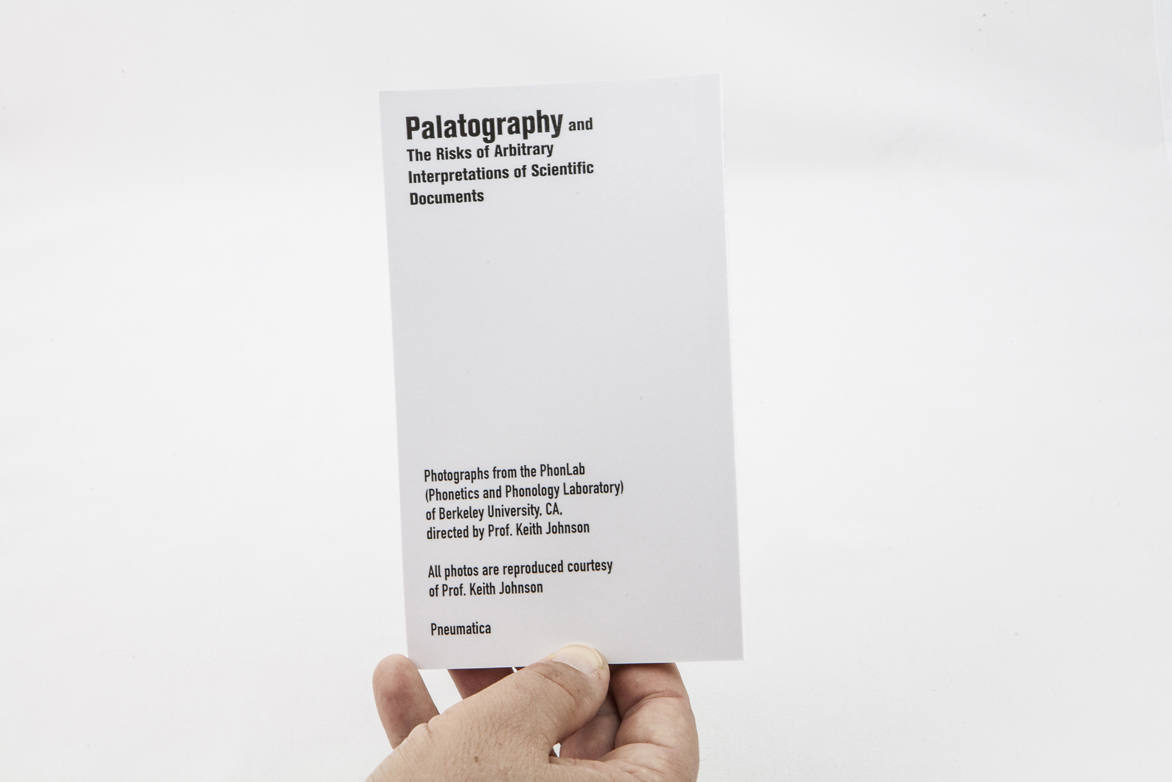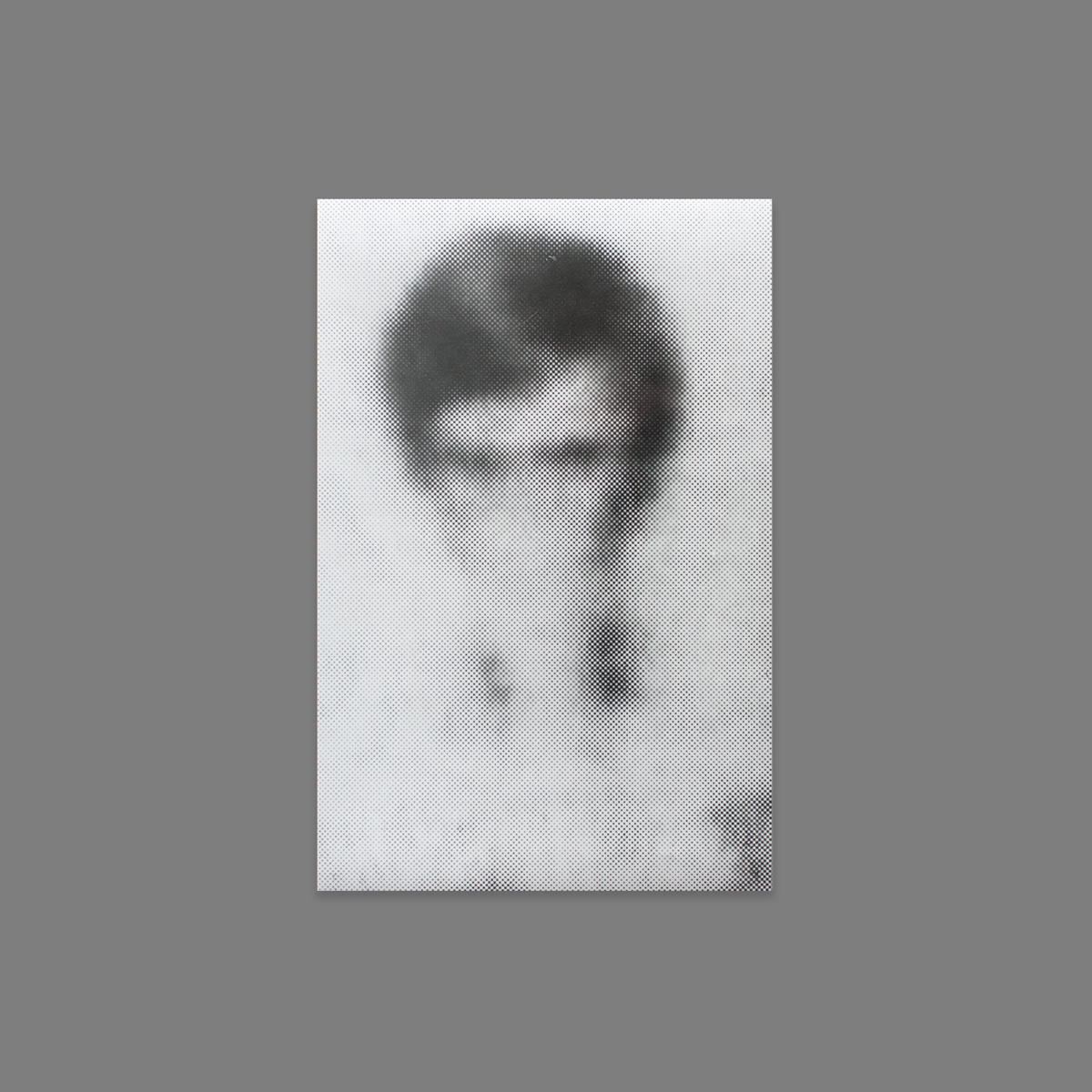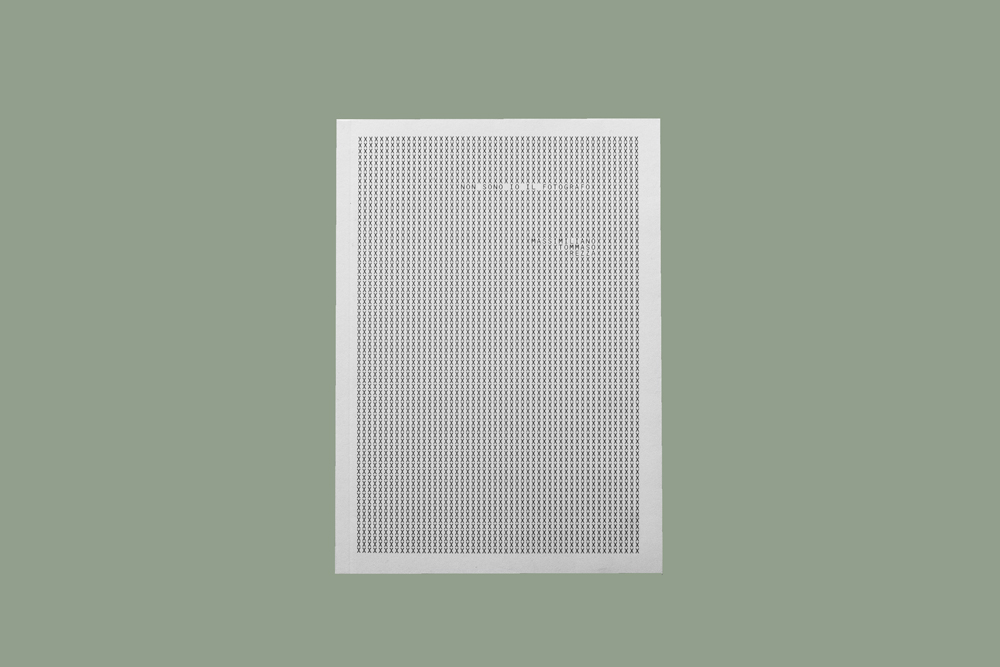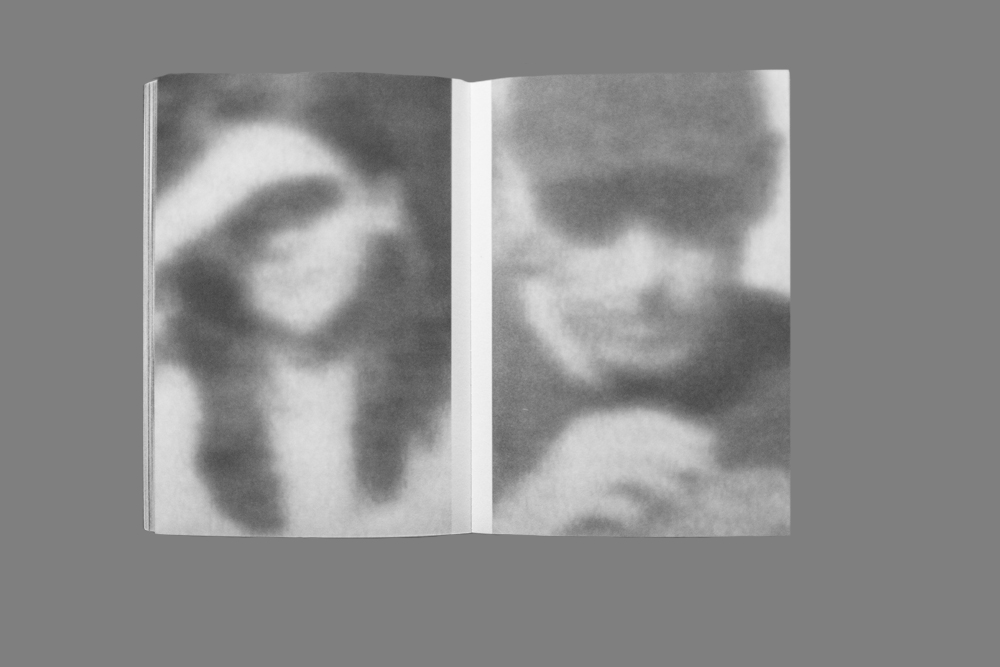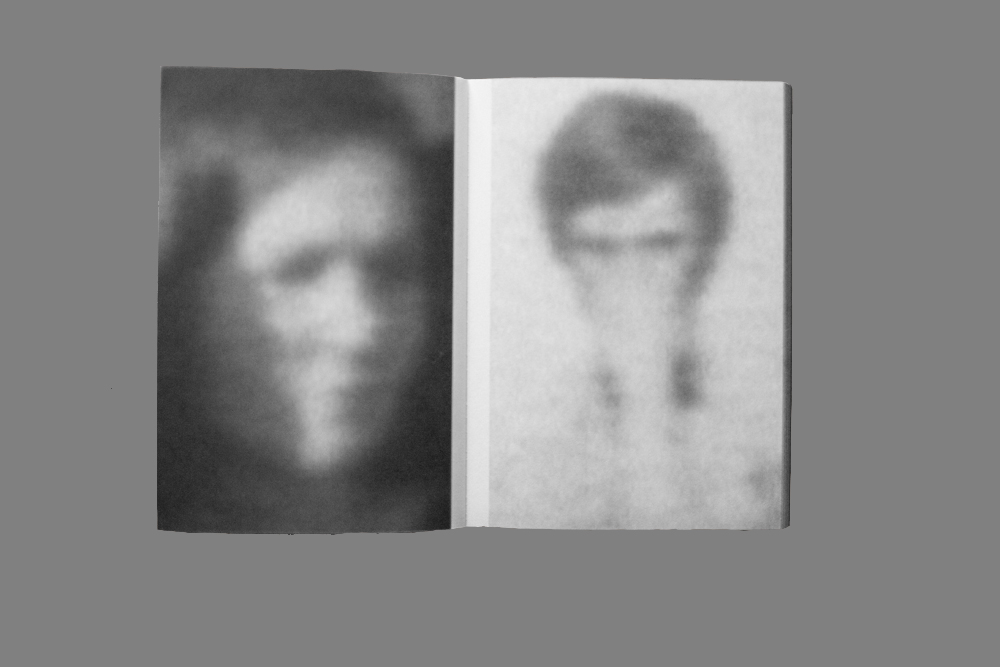Guarda, un cavallo di legno
Di/by: Massimiliano Tommaso Rezza
Progetto grafico di/Graphic design by: Giovanni Murolo
35,00€
(For multiple copy orders, please contact Pneumatica for a shipping quote)
Guarda, un cavallo di legno prova a tradurre in libro un concetto della mistica ebraica, il tiqqun. Secondo la Kabbalah al momento della Caduta i vasi che contenevano la luce divina si sono rotti, e i loro frammenti si sono sparsi nel mondo. All’uomo non resta che raccoglierli per ricostituire l’unità perduta e tornare al Tutto, all’originaria perfezione del mondo e al finale ricongiungimento con Dio. Il tiqqun è proprio quel processo spirituale, etico ed esistenziale, di raccolta dei frammenti dei vasi irreparabilmente fratturati.
L’intero libro accoglie una sola foto ritagliata e scomposta in duecento frammenti, ognuno dei quali occupa interamente le doppie pagine. Il lettore avrà pertanto nelle sue mani l’intera foto e il soggetto rappresentato in essa senza però mai poter avere accesso alla sua visione completa, senza poter ricostituire la sua unità originaria e la sua figura intera. Al lettore, pertanto, verrà chiesto di poter accettare la frustrazione di un limite imposto arbitrariamente dall’artista.
/
Look, a wooden horse is an attempt to translate a concept from Jewish mysticism, the tiqqun, into a book. According to the Kabbalah, at the time of the Fall, the vessels containing the divine light broke, and their fragments scattered throughout the world. Any man is called to collect them in order to reconstitute the lost unity and return to the Whole, to the original perfection of the world and to the final reunion with God. Tiqqun is precisely that spiritual, ethical and existential process of collecting the fragments of the irreparably fractured vases.
The entire book hosts one single photo cropped and broken down into two hundred fragments, each of which occupies an entire spread. The reader will therefore have in his hands the whole photo and the subject represented in it without, however, ever being able to have access to it, without being able to reconstitute its original unity and its entire figure. Therefore, the reader will be asked to accept the frustration of a limit arbitrarily imposed by the artist.
Libro/Book
Dimensioni/Dimensions: 13x19,5 cm
Pagine / Pages 206
Rilegatura/Binding: Brossura/Paperback
Copie/Copies: 50
Anno/Year: 2023













The Weight of the Word
Di/by Piero Martinello e/and Piero Casentini
Curato da/Curated by: Massimiliano Tommaso Rezza
Progetto grafico di/Graphic design by: Giorgia Caboni
Edizione limitata solo in lingua italiana/Limited Edition in Italian only 40,00€
ESAURITO / SOLD OUT
La maggior parte degli individui che contrae la Sindrome di Reiter, una forma di artrite reattiva, soffre di febbre, calo di peso e dolore agli arti inferiori. Pochi tra loro, però, sono consapevoli che la malattia che li affligge prende il nome dal medico tedesco Hans Conrad Reiter, che condusse esperimenti sugli ebrei nel campo di concentramento di Buchenwald.
Gli eponimi in medicina sono numerosissimi e per i clinici è un grande onore vedere associato il proprio nome a quello di una patologia. Ancora oggi, sono molti quelli che perpetuano la memoria di scienziati che operarono durante il regime di Hitler, macchiandosi di crimini e comportamenti eticamente disonorevoli e arrivando in alcuni casi a utilizzare i prigionieri dei campi di sterminio come cavie da laboratorio.
I successi di questi individui, che hanno scoperto nuove patologie o portato un contributo considerevole al progresso della scienza medica, hanno però anche fornito un’immunità speciale a questi eponimi, e solo in anni recenti si è ritenuto opportuno rimuovere il nome del medico dalla denominazione della patologia.
The weight of the word è un esteso e approfondito lavoro di documentazione del fotografo Piero Martinello e dello storico Piero Casentini su casi di eponimia che coinvolgono nove medici e ricercatori nazisti. La raccolta di materiale testuale e visivo proveniente da biblioteche e archivi o da testi medici ancora in uso, come nel caso dell’atlante anatomico di Pernkopf, ci permette di ricostruire la storia personale di questi medici, le loro ricerche, e, in alcuni casi, la damnatio memoriae che è seguita alla condanna del loro operato.
Il materiale documentale raccolto orienta l’osservatore a una visione sinottica, che ricuce il legame tra la vicenda umana e biografica dei nove medici, i crimini da loro commessi e il successo scientifico da loro ottenuto. Il lavoro di Martinello e Casentini ci invita dunque a riflettere sulla dimensione deontologica ed etica in ambito scientifico e sull’immunità di cui a volte gode la scienza.
Tradurre in libro The weight of the word è un’operazione rischiosa in quanto il materiale visivo raccolto possiede una forma attraente che può distrarci dalla sua oscura provenienza. Ed è questo un altro nodo che il lavoro incidentalmente affronta, e cioè come poter ricondurre le forme documentali visive a una storia circostanziata, capace di limitare l’effetto di fascinazione che il documento isolato altrimenti eserciterebbe su di noi. Il libro vuole stimolare quindi la riflessione sull’unificazione delle cause e degli effetti, lì dove altrimenti vi sarebbe solo una disposizione a godere smemoratamente della forma.
Libro/Book
Dimensioni/Dimensions: 21x29,7 cm
Pagine / Pages 310
Rilegatura/Binding: Brossura/Paperback
Copie/Copies: 100
Anno/Year: 2022
ABM
o della disciplina come soteriologia(or discipline as soteriology)
30,00€
(For multiple copy orders, please contact Pneumatica for a shipping quote)
Il libro è un tributo al pianista italiano Arturo Benedetti Michelangeli. Chiamato semplicemente ABM dai suoi ammiratori, Michelangeli è l’artista antimoderno per eccellenza. Per il pianista l’arte ha un potere civilizzante e la sua disseminazione deve essere gratuita. Lui stesso ha messo in pratica quest’idea contribuendo personalmente all’istruzione degli studenti meno abbienti. In ABM etica ed estetica coincidono. Il bello è allo stesso tempo il “ben fatto” e il “benefico”. L’arte secondo Michelangeli è vocazione, non scalata sociale. ABM non ha mai risposto ai dettami e ai vizi sociali dello show-business, ma si è invece affidato alla sua sola bussola interna, al suo senso della perfezione, alla disciplina che conduce alla bellezza ideale.
Michelangeli, uomo schivo, isolato, credente, dedica la sua intera vita al perfezionamento della forma che è veicolo di senso e lascito storico. Il libro si affida principalmente non alla ritrattistica o alla biografia per fotografie del pianista, ma alla posizione e alla forma che il rettangolo fotografico occupa nelle pagine del libro. La mancanza di rilegatura permette di guardare la pagina sia nella sequenza e nell’ordine imposto dello sfoglio sia nella sua autonomia, nella sua singolarità, se estratta e separata dal libro. Nel primo caso le immagini di due quartini si affacciano creando, a seconda, armonie o dissonanze casuali; nel secondo caso il quartino aperto riporta a una simmetria formale indisturbata, chiusa. Il libro è un tentativo di ricercare della logica delle forme e delle loro evoluzioni.
The book is a tribute to the Italian virtuoso pianist Arturo Benedetti Michelangeli. Called simply ABM by his fans, Michelangeli is the epitome of the anti-modern artist. For this pianist art has a civilizing power and its dissemination should be free. He himself practices this idea personally financing the education of the less wealthy students. In ABM ethics and aesthetics coincide. Beauty is both the “well achieved” and the “beneficial”. Art according to Michelangeli is vocational, it is not social climbing. ABM never responded to the rules and the social habits of show-business, but on the contrary, he relied to his sole internal compass, to his sense of perfection, to discipline, which leads to ideal beauty.
Michelangeli, a solitary man, secluded, a fervid believer, dedicated his whole life to perfectioning the form which is a vehicle of sense and historical heritage. The book does not rely on the official portraiture of the artist of to his biography by photographs, but to the position and the shape that the photographic rectangle occupies on the page of the book. The lack of binding allows the viewer to look at the page both according to the sequence, and the order imposed by the book, and in its singularity, if it is extracted from the book. In the first case the images of two facing fourth parts create, accordingly, harmony or casual dissonance; in the second case the fourth part fully open reminds of a formal symmetry which remains undisturbed, closed. The book is an attempt to look for a logic of the forms and their evolution.
Libro / Book
Stampa / Type of print Offset
Dimensioni/ Dimensions 30x40 cm
Pagine / Pages 52
Rilegatura / Binding / Fascicolo sciolto/No binding
Copie / Copies 200
Anno / Year 2022
Disegno grafico di / Graphic design by Massimiliano Tommaso Rezza e/and David Mozzetta
Palatography
and the Risks of Arbitrary Interpretations of Scientific Documents
20,00€
(For multiple copy orders, please contact Pneumatica for a shipping quote)
Often contemporary artistic practice uses visual documents coming from technical and scientific fields, because of their expressive and fascinating forms, transcending and ignoring original uses and functions.
Phonology uses Palatography to detect anatomical mechanisms in producing human speech. In this book, its concrete form is photographic imagery; in particular, photographs of the roof of the mouth touched by the tongue in articulating specific sounds. Pneumatica conducted an interview with Professor Keith Johnson, a prominent scientist in the linguistic field and director of the PhonLab of Berkeley University, about these documents and what they mean. Fascinating on other registers, the subject, form, and use of these documents is restricted to a specialized field of science. The original function and use of visual documents from a specific field changes our perception of them, passing from immediate and natural response, emotionally and semiotically hybrid, to an informed one--material, literal, rational.
This book exposes critical issues related to documental images. Are they free of subjective interpretation? Should we always look for their original use and function? Is our immediate and natural response to them sufficient? Or should we always doubt our spontaneous responses to them?
Libro / Book
Dimensioni/ Dimensions 10x17cm
Pagine / Pages 104
Rilegatura / Binding Brossura /Paper
Copie / Copies 100
Anno / Year 2021
Disegno grafico di / Graphic design by Massimiliano Tommaso Rezza e/and David Mozzetta
Non sono io il fotografo
SPECIAL EDITION
The book comes with a numbered and signed print on RC photographic paper.
Dimensions photo: 21x31 cm.
Edition of 5.
120,00€
(For multiple copy orders, please contact Pneumatica for a shipping quote)
Non sono io il fotografo
Cinque fotografie del pubblico di Mauerpark, Berlino
Ho scattato cinque fotografie al “pubblico”. I singoli visi non erano stati visti né percepiti, sono semplicemente emersi dalla registrazione fotografica, si sono presentati per chiedere, per domandare. Dallo sfondo si sono staccati per arrivare fino a noi, all’interlocutore. Da unità indifferenziate di un nome collettivo sono diventati nomi propri di persona.
I am not the photographer
Five photographs of the public in Mauerpark, Berlin
I took five photographs of the “public”. The individual faces were neither seen nor perceived, they simply emerged from the photographic recording; they presented themselves to ask, to question. They detached from the background to reach us, the interlocutor. From being undifferentiated units of a collective name they have become personal names.
Libro / Book
Dimensioni/ Dimensions 15x21cm
Pagine / Pages 208
Rilegatura / Binding Brossura /Brossure
Copie / Copies 5 (the photos are numbered)
Anno / Year 2020
Disegno grafico di / Graphic design by Massimiliano Tommaso Rezza
Ottimizzazione e cura stampa / Optimization and printing follow up David Mozzetta

